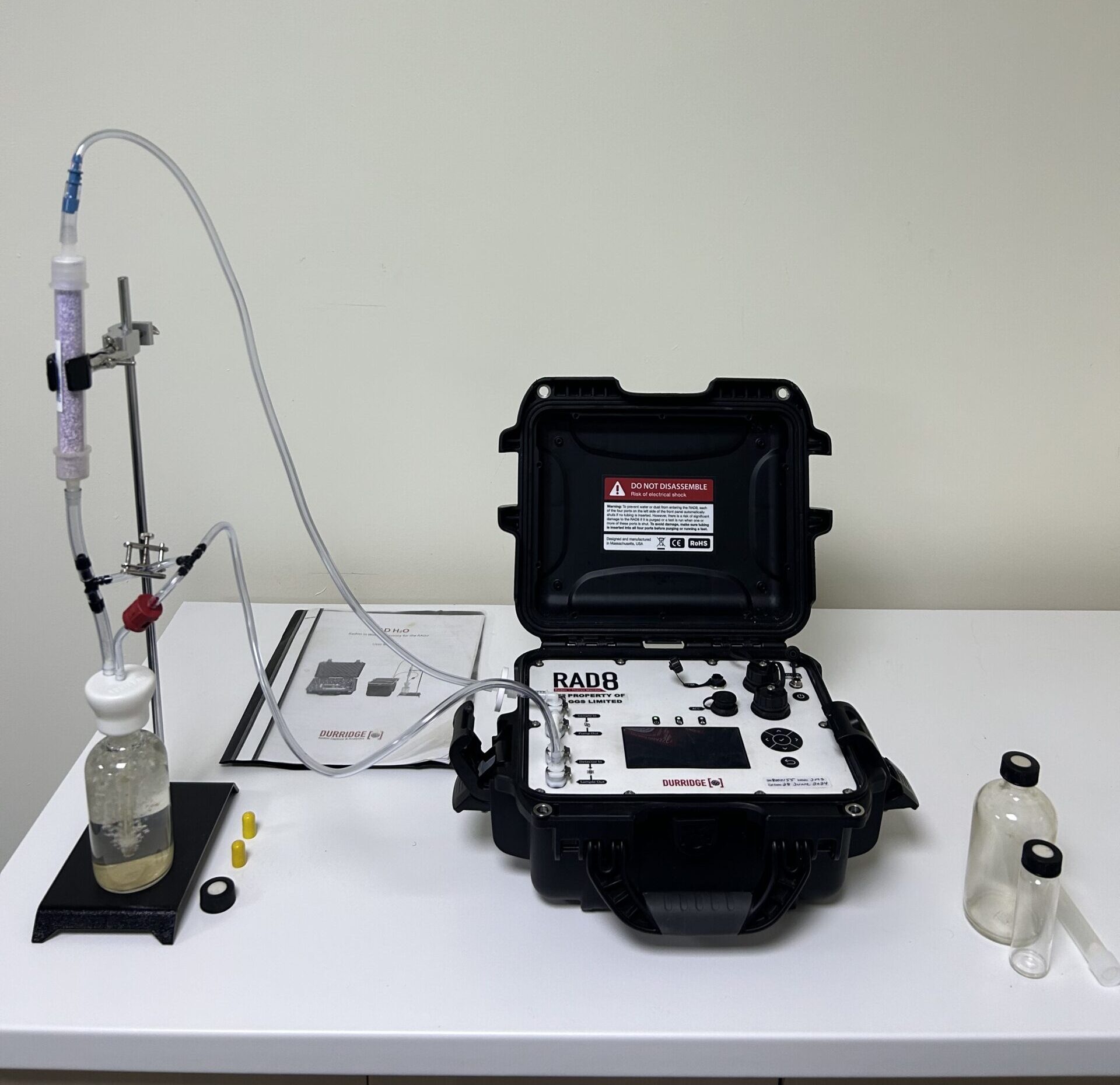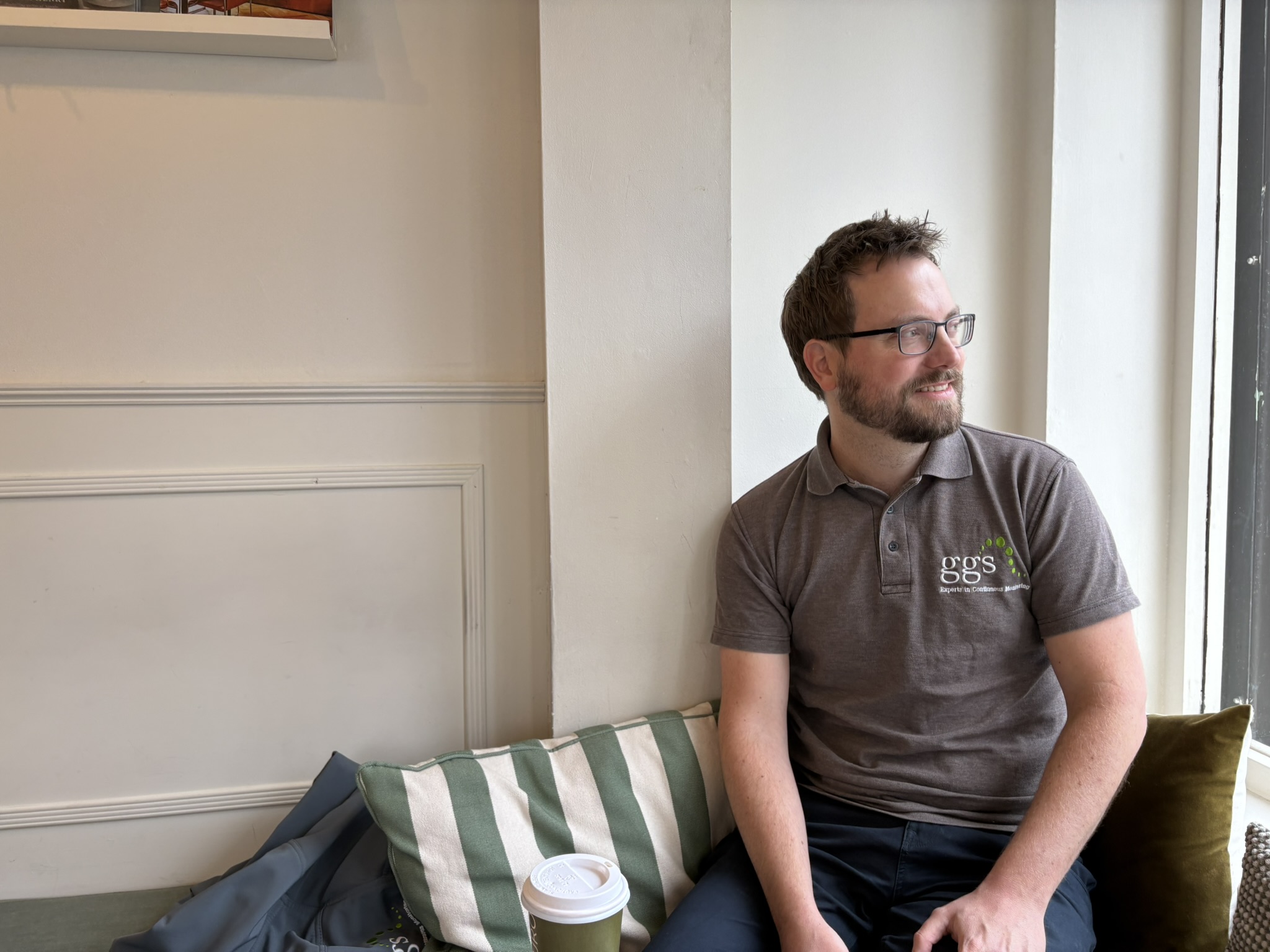The Eriophorum genus – Earth’s natural methane chimneys?
After graduating with a bachaelor’s in Environmental Science, ecology was something of great interest to me that I carried through into my masters study of Conservation Biology. I jumped when the opportunity arose to study gas fluxes from two wetland plants species in situ, at a site near Warrington called Little Woolden Moss. The site is a remaining fragment of the Chat Moss peatlands, saved from extraction in 2012. My previous dissertation was a greenhouse study, so being on site was very appealing to me. My feelings going into the project were very optimistic; I was motivated to contribute towards developing the literature and understanding surrounding this genus, whilst also gaining some new skills operating specialist gas analysis equipment.
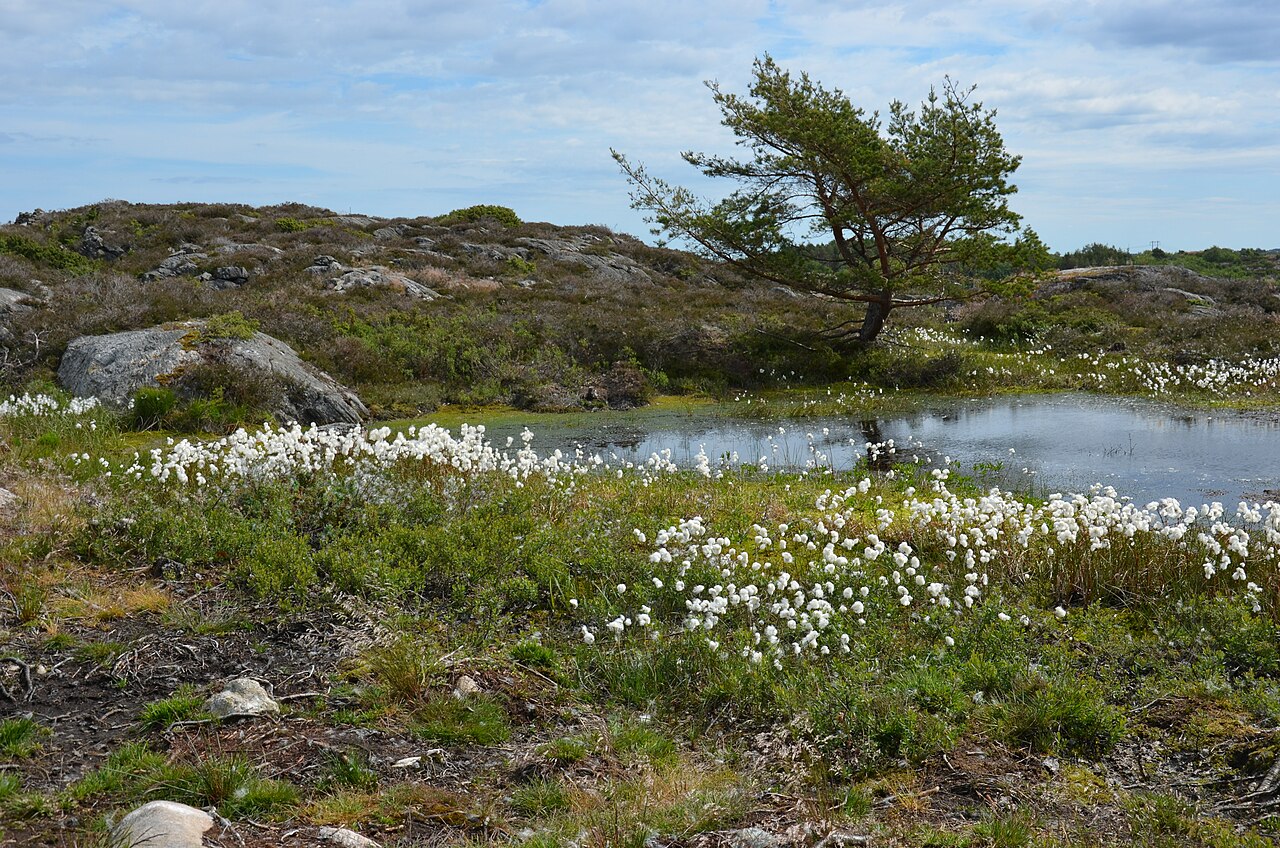
The overarching aim of the project was to analyse gas fluxes of carbon dioxide and methane from the two species, Eriophorum angustifolium and Eriophorum vaginatum, and see how this related to a number of environmental variables, including water table depth, soil moisture and conductivity. These species are especially significant as they possess aerenchymas tissues which enable methane transportation from the soil to the atmosphere. This is problematic due to methane’s high global warming potential. The project utilised a closed chamber setup using a Los Gatos Greenhouse Gas Analyser and a Perspex dome.
Data collection went well, although was somewhat delayed by very heavy rain for a number of weeks. Towards the end of my project a fire broke out at Little Woolden Moss inside cabins used to store some of the equipment I was using. As distressing as this was, the fire was reported at 6am and fortunately did not spread across the fields. Although my equipment was destroyed, thankfully this only caused me minor inconveniences as I had collected most of my data by this time.
My project produced a strong set of results which concluded that E. vaginatum had a greater carbon sequestration ability whilst simultaneously releasing less methane. This also had significant relationships with variables, including soil temperature and plant volume. I was very happy with this set of results, as I had a clear findings that could be built upon with future study.
Within the literature, a direct comparison of these two species was absent using a closed chamber field study, so this study has filled the knowledge gap. It has also been useful to identify E. vaginatum as a priority and focal point for future study of wetland plants, due to its favourable gas exchange properties. I thoroughly enjoyed carrying out this project as I leant a lot of new skills which I have been able to use to my advantage and transfer over to GGS. I also hope that this aspect will be able to provide me with some useful insight that may be able to benefit the company, coming from a more ecological nature.
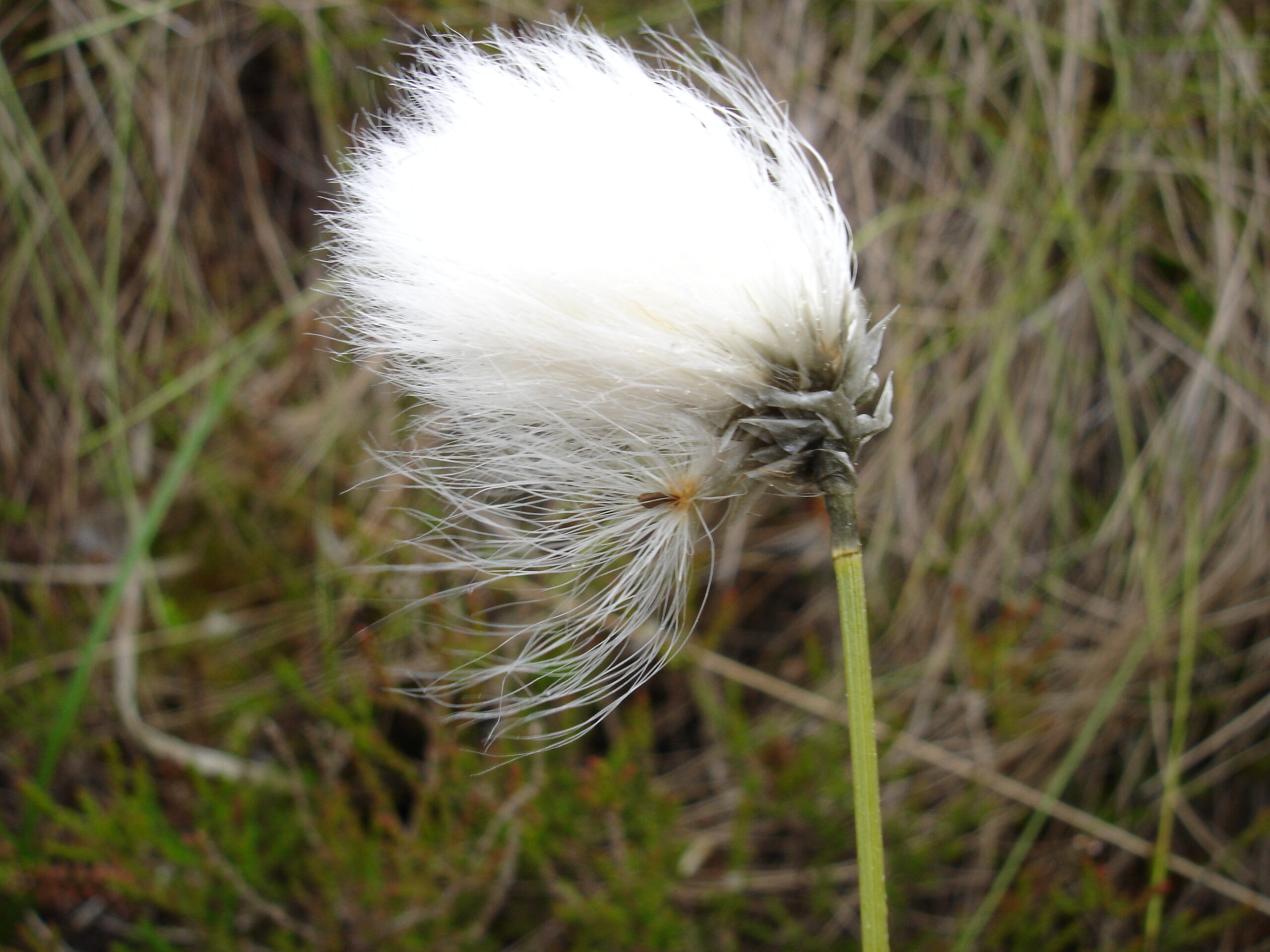
The next step in this line of work would be to assess if these emission patterns stay the same under rewetting, as this is key for wetland management. Investigating the effect of morphology on gas exchange is also of interest as Eriophorum experiences a number of community stages during its development which could impact this. Despite being a tough issue with climate change looming, I believe this project is confirmation that the outlook in this field should remain a positive and promising one.
The following pages include news articles, videos, guidance notes and white papers on a range of ground gas related topics which we hope you will find of interest. Please browse through but if you can’t find something on your particular issue of interest, we’d be very pleased to hear from you so we can put that right.
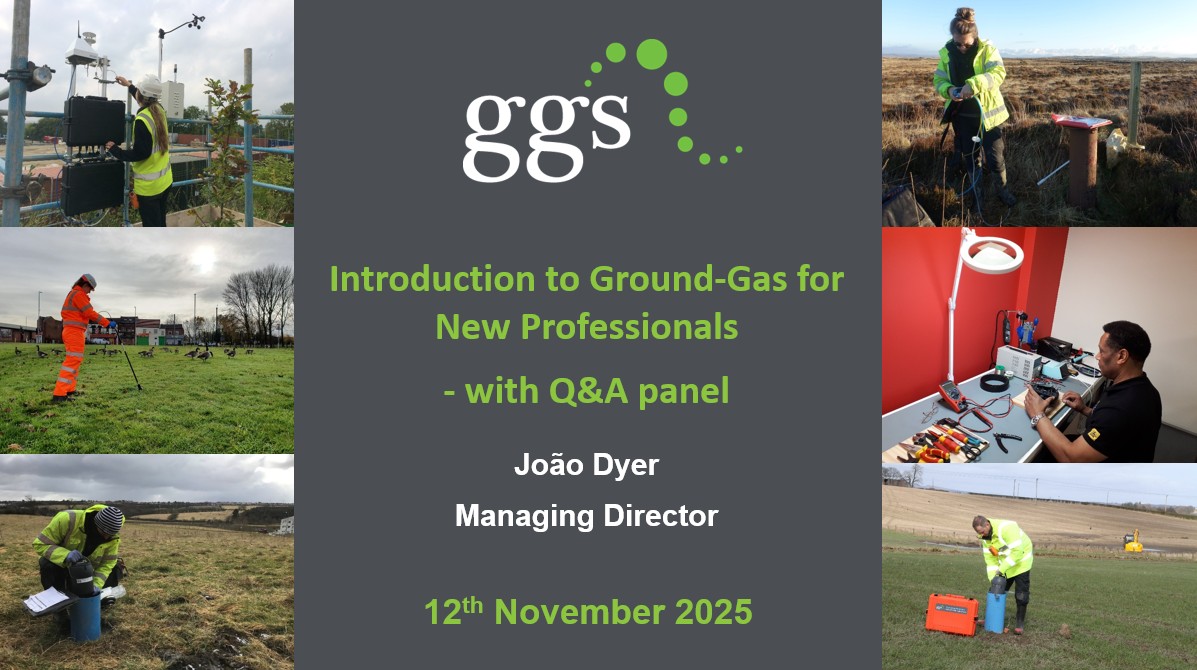
Are you new to the industry and looking for an introduction to ground gas?
This webinar, led by Joao Dyer, is perfect for new professionals and graduates. The webinar also includes a Q&A panel with the GGS team.

